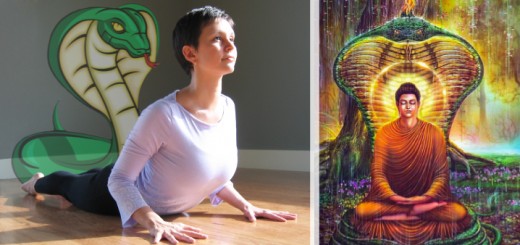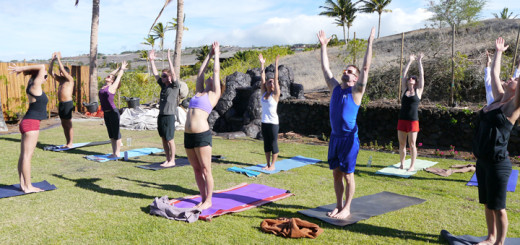Challenges and rewards of teaching yoga in big cities
0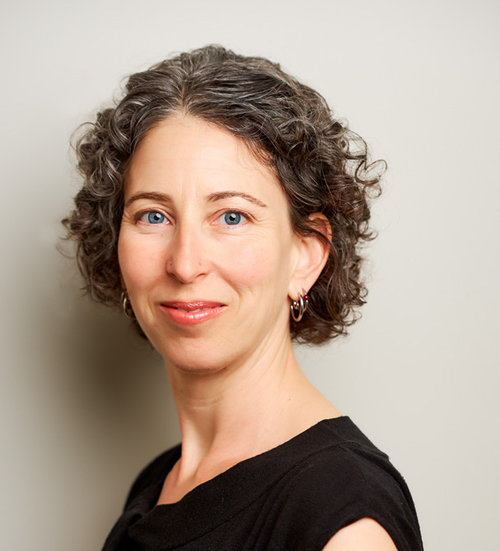
by Rachel Lanzerotti, yoga teacher and yoga therapist
Are you teaching yoga in a city, or thinking about moving to an urban center to teach? Would you like to work one-on-one with individual students and clients for yoga and yoga therapy? Here are my thoughts for you about challenges and rewards of growing an urban private practice.
My life and work are here, in the center of San Francisco. Since 2009, I’ve offered one-on-one sessions, first as a yoga teacher and then as an IAYT-Certified Yoga Therapist. I love working with people one-on-one. At the end of a long day of private sessions, I feel energized and know I’ve been of service. What could be better?
You already may know that this town, really the entire San Francisco Bay Area, is saturated with yoga (and other mind-body offerings), and it’s also an expensive and crowded place to live and set up shop. This makes it hard to match livelihood with vocation. Don’t get me wrong—I was born and raised here, and I love this city. It’s lively and diverse, with motivated students and access to varied healing modalities.
For urban dwellers, yoga offers a necessary counterbalance to a fast pace, close living, and, for many, long and demanding work hours. There’s a lot of need and interest in what we do. Opening an urban yoga private practice depends on building your home base as well as staying on your toes to adapt and stand out from the crowd.
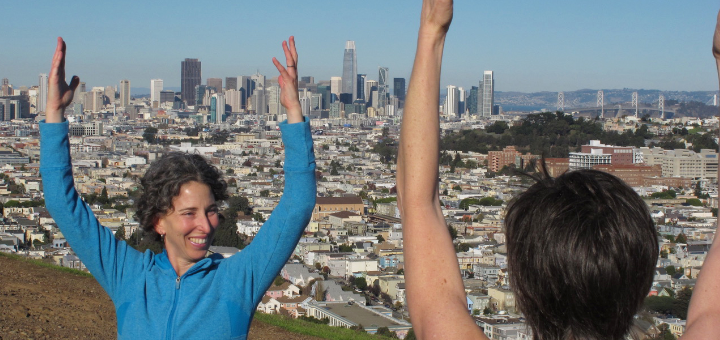
Photo by Lonnie Lazar
Where Will I Be?
For the first seven years, students loved coming to my home for private yoga sessions, and yet there were clear downsides. It limited my practice to people already known to me (or by trusted referral). I did not want to invite in the general public. I turned my personal space into a studio, cleaning the bathroom and clearing energy before/after each session. Because people are curious, they asked personal questions and made assumptions about me when in my home.
So, I celebrated when my practice grew to the point of supporting a lease. I signed my first office lease when I began the process of becoming a Certified Yoga Therapist. I relocated to prioritize professionalism, increase separation of work and home privacy, and expand my ability to see a wider range of clients.
Location determines so many other factors and most of all whom we serve, how we connect with other practitioners, and our own working conditions. You’ll need to decide where to offer sessions (e.g., at client’s home, at your home, in your own shared or private office, a business office setting, in a wellness center or gym, in a community group or center). Don’t forget about your stuff! Those bolsters, blankets, blocks, mirror, skeleton model, yoga books… they need a place to live too.
I’d considered a shared office, but the right setting was hard to find, and the material obstacles were real. Yoga studios only had midday hours open. Psychotherapists had too much furniture. Chiropractors and body workers had big tables. Most offices allowed shoes and didn’t keep floors clean enough. Most rents are too expensive. I required a relatively empty room (minimal furniture, open floor space). I needed both quiet (restorative yoga, meditation) and the ability to make sound (chanting).
I knew an ADA accessible building, with an elevator (or single-story), would be most suitable to my clients— people with chronic pain, mobility limitations or injury. I wanted a spot both nearby local businesses and residential (not financial district), easy for public transit (or parking). Oh, and close enough that I could walk from home, with good light…. And affordable of course. In San Francisco.
We have a lot of “urban micro-climates”— each neighborhood has a unique personality shaped by its residents. Especially in the city, location is everything and can work for or against your success in private practice.
Whom Will I Serve?
Identify whom you can best serve based on your training and communities. Your background, training, specialties and areas of expertise will help you distinguish yourself from others. If you stake your turf, it makes it easier for the right people to find you and for you to find your colleagues among other practitioners.
One way I’ve shaped my practice is to work with health and community centers, organizations, and social service organizations that reach people who couldn’t see me one-on-one or otherwise. And I’ve found other groups with members who are able to afford private sessions and refer their friends by word of mouth. Until yoga therapy is reimbursable, your private practice will survive only if you have enough high-fee clients to support pro bono and low-fee clients. This equation needs constant attention.
Although I tried to make yoga therapy a full-time vocation and occupation, it’s not sustainable here and now, even as an experienced and well-qualified professional. And even with devoting a big chunk of budget and time to marketing, coaching, and “branding” activities. For myself, I can see that I’ve been most successful (and content) when I’ve paired a part-time job as a community social worker with my private practice.
Here are the types of venues where I’ve had success reaching new students, via classes or workshops, who then become clients in my private practice:
- A public class or workshop at a medical center or health clinic
- A class or workshop at a community organization serving older adults
- Walking groups
- Meetings and presentations to other healing practitioners to educate them about yoga and yoga therapy
- Involvement in yoga research
- Meditation groups and Mindfulness-Based Stress Reduction programs
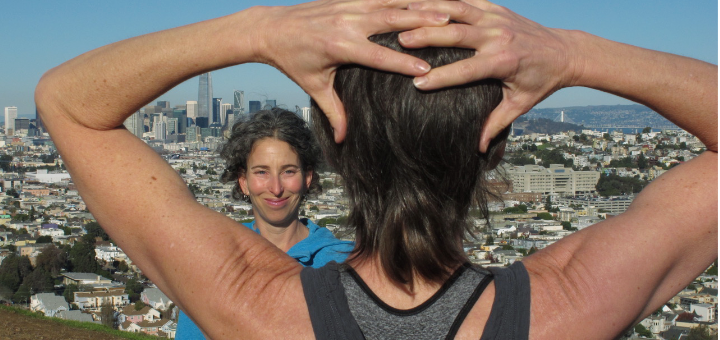
Photo by Lonnie Lazar
How Will I Connect?
In an urban private practice, your biggest boosts may come from the community of practitioners (not solely yogis but a mix of wellness and healing professionals), and attending professional development opportunities (again, both in yoga and other areas) available in the city. Establishing a private practice is relational, and your success will most likely depend on a strong referral network.
My most rewarding referral connections have been with massage therapists and acupuncturists. I’ve also received many referrals from psychotherapists. In turn, I refer to these practitioners and also to chiropractors, physicians, physical therapists, occupational therapists, and other yoga therapists.
Key Points:
- Take every opportunity to connect with community organizations, businesses, and wellness practitioners. Look for neighborhood-based and professional networks.
- It may be difficult to solely work in private practice, so be prepared to teach and/or find additional sources of support… “don’t quit your day job” is real.
- Create a professional space separate from home if that’s possible for you and consider which location(s) offers the most welcoming and accessible setting to your clients and you.
- Prepare for scheduling based on the populations you work with. Are you willing to see working clients in early mornings and evenings?
- Build relationships with local yoga studios, community and wellness centers, schools, nonprofits.
- Decide what kinds of workshops, classes, other offerings will give you exposure to the right students and potential clients for you.
- In an urban market that’s saturated with yoga teaching and other body-mind modalities, identify how you distinguish your practice, special areas of expertise, and where and how to get the word out. (In San Francisco, social media matters a lot, and direct relationships still are key.)
As yoga teachers and therapists, we’re so fortunate that our work engages our hearts, bodies and minds to serve our clients and communities. As you establish yourself in practice, your intentionality and connections matter. Wherever you may be, good luck to you and enjoy!
© 2020 Rachel Lanzerotti, Five Rivers Yoga LLC
[jetpack_subscription_form]
About Rachel
Rachel Lanzerotti (MSW, E-RYT500, IAYT-Certified Yoga Therapist) is the Founder of Five Rivers Yoga Therapy and creator of The RE/ST Method for Pain Recovery™. She is a Body-Mind Yoga Therapist, meditation teacher, counselor, health educator and specialist in back pain relief.

Rachel has taught at UCSF Osher Center for Integrative Medicine and Spirit Rock Meditation Center, and was a featured presenter on “The Modern Science of Yoga” at the SF Asian Art Museum. She also launched the Aging Well program of San Francisco Village. She is a faculty member of Essential Yoga Therapy, where she mentors and teaches yoga teachers and therapists-in-training.
Rachel has been published in numerous journals, research studies, and periodicals including Stanford Magazine, and with the Boston Women’s Health Book Collective on topics ranging from yoga, health, aging, and sexuality to gender, racial justice, and human rights.
She holds a BA in Human Biology from Stanford University and Master of Social Work (MSW) from San Francisco State University. For a decade prior to founding Five Rivers Yoga Therapy, Rachel ran an organizational consulting practice with community-based groups. She spent many years focused on direct action work for nonprofit and social change organizations.

